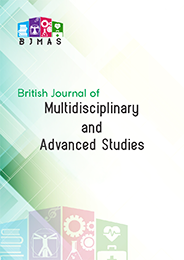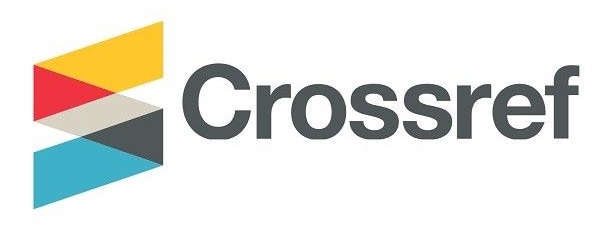Measuring the Causality on Cooperatives Membership, Livelihood Diversification and Determinants Among Poultry Farm Holders: A Case Study of South West Nigeria
DOI:
https://doi.org/10.37745/bjmas.2022.0470Abstract
Cooperative membership and livelihood diversification has been observed to influence households’ economic situations, while little is known about their interplays as a matter of mutual unexclusivity when they both occurs. This study was hence conducted to investigate the level of cooperative performance, and how cooperative membership influences livelihood diversification alongside some other imperative hypothesized determinant factors, using data collected from 210 poultry farm holders via multistage sampling procedure and analysed with econometric, parametric, and non-parametric analytical tools at 95% confidence interval. Result showed that; majorities of the cooperator respondents are satisfied with; Access to loan (72.38%), Loan repayment (67.62%), Transportation (68.10%), Marketing (67.14%), Training (69.5%), patronage (70%), and Political interference (69.05%) while a relatively large proportion of the respondents (59.04%) are diversified, while a majority (89.52%) of this diversified category secondarily diversifies into non farming activities. Also, the proportion of the cooperator diversified poultry farming household (59.41) narrowly exceeds the noncooperator category (58.72) hence, further econometric analysis conducted showed that; gender of household head, level of formal education, primary labour source, primary occupation, and cooperative membership negatively influenced livelihood diversification, but otherwise for multidimensional poverty, all significant at P≤0.1, P≤0.5%, P≤0.01%, P≤0.01%, P≤0.01%, and P≤0.1% probabilistic levels respectively. Finding based recommendations were further proffered.
Downloads
Downloads
Published
Versions
- 20-04-2024 (2)
- 20-04-2024 (1)












